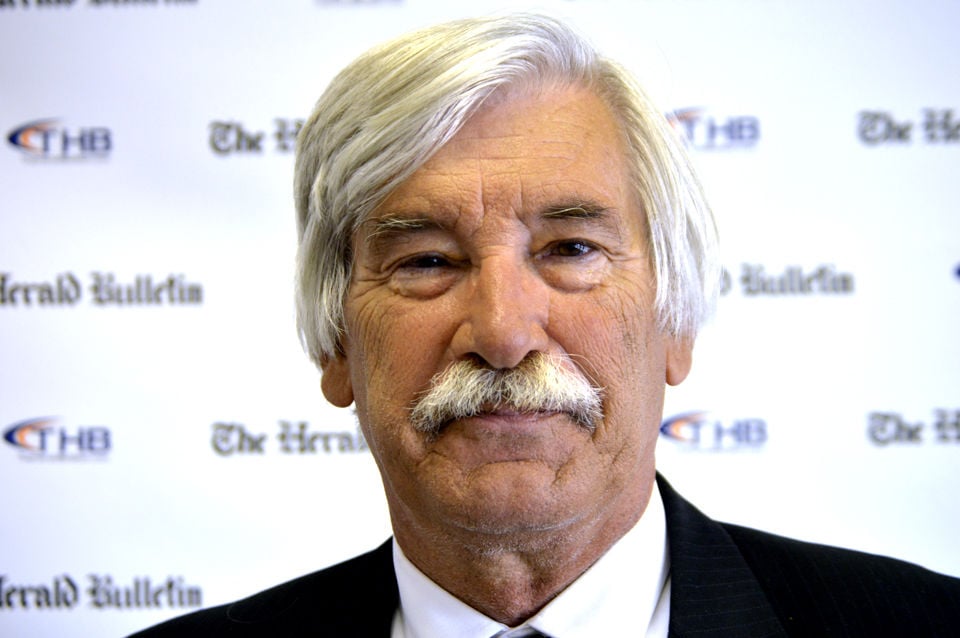Jerome Powell brought the Federal Reserve together for a quarter-point rate cut in his first meeting with newly appointed White House adviser Stephen Miran. Despite some on Wall Street predicting deeper divisions, the FOMC majority coalesced to support Powell’s direction, signaling his enduring control.
Powell showed he’s still ‘firmly in control’ after White House adviser Miran’s first FOMC meeting, former Fed official says
Key Takeaways:
- Powell remains “firmly in control,” according to a former Fed official.
- Stephen Miran’s presence marks a new dynamic inside the Federal Open Market Committee.
- The FOMC voted to cut rates by a quarter point.
- Wall Street’s forecasts of deeper tensions within the Fed did not materialize.
- An unexpectedly broad majority showcased Powell’s ability to foster consensus.
Powell’s Leadership Under Scrutiny
Jerome Powell, the Federal Reserve Chair, presided over a pivotal meeting that included newly appointed White House adviser Stephen Miran. During this gathering of the Federal Open Market Committee (FOMC), members decided to lower interest rates by a quarter point. This marked the first time Miran participated in the Fed’s rate-setting decision—an introduction that many thought might threaten Powell’s authority or sow discord among the voting committee members.
The Surprising Consensus
Contrary to concerns voiced by some on Wall Street, the committee delivered a strong majority favoring the quarter-point cut. Several observers had expected a more pronounced split among officials, anticipating clashing opinions on the best path forward for monetary policy. Instead, the vote underscored the Fed’s collective willingness to align behind Powell and maintain a cohesive front.
A Former Fed Official’s Perspective
In reflecting on the proceedings, one former Federal Reserve official remarked that Powell’s command over the committee remained strikingly evident, declaring the Fed chair was “firmly in control.” This assessment underlined that, even with new voices in the room, Powell’s insistence on consensus-building proved decisive in shaping the final outcome.
Broader Implications
Given the unexpectedly united support for lowering rates, the Fed’s decision may carry broad implications for future policy discussions. The result highlights Powell’s skill in forging agreement from varied viewpoints, even during a new adviser’s first session. For the moment, the Federal Reserve’s top leadership appears both unified and adaptable, reinforcing Powell’s reputation for guiding the nation’s monetary policy with a steady hand.











